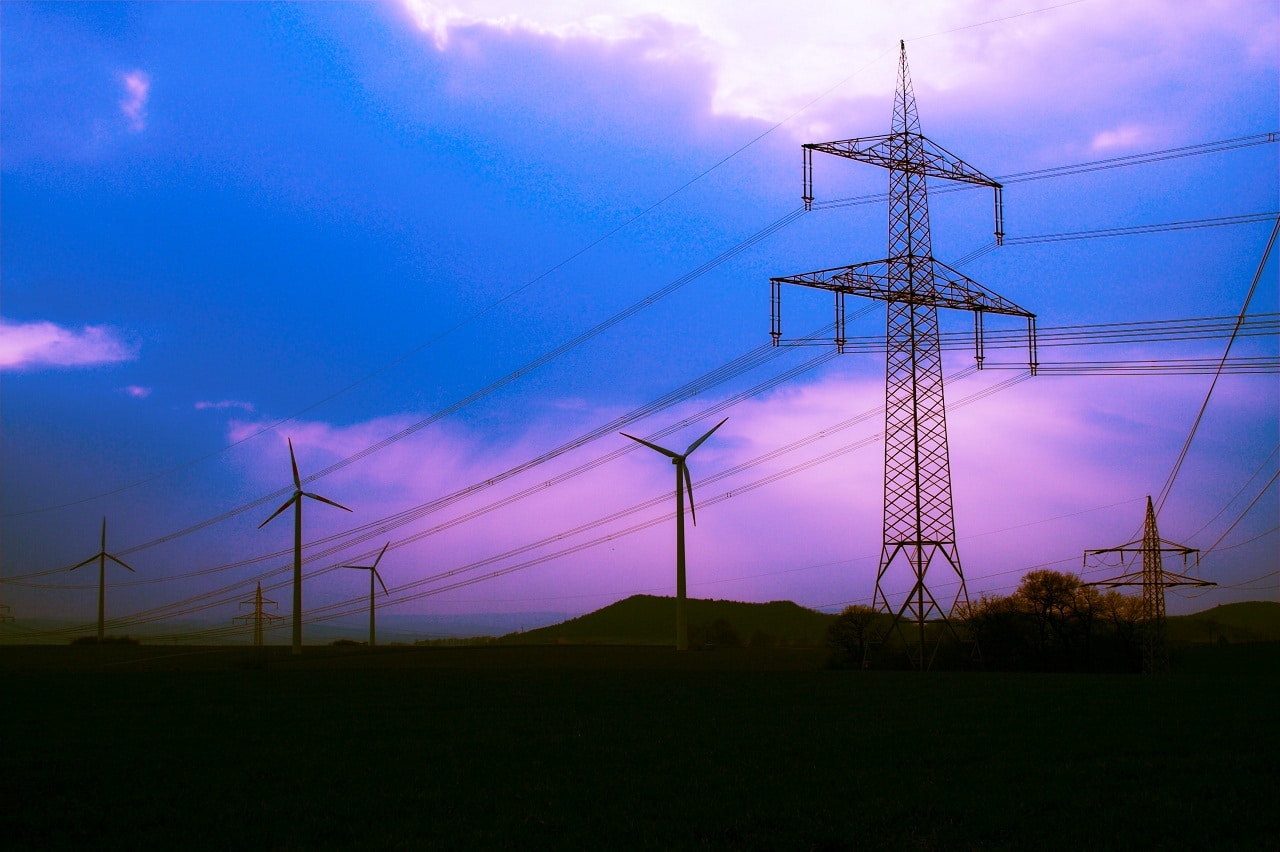Americans for a Clean Energy Grid (ACEG) on Monday, March 26th will be speaking at the 2012 Arizona Solar Summit on how transmission is key to realizing the region’s clean energy future. Check out the full conference agenda here.
Arizona is a renewable energy powerhouse, with huge solar potential – a vast resource that is among the largest in the entire country. That renewable energy potential is the key to providing Arizona and neighboring states with clean, secure electricity sources and new economic opportunities. To access those opportunities, building new solar installations is one key step; the other is building transmission to bring that solar energy to consumers.
ACEG supports smart state and federal policies that will improve the way the grid is developed, planned, and paid for. Policy reforms are the key to ensuring our nation has a more robust, reliable, and secure network that supports expansion of renewable energy, competitive power markets, energy efficiency, and lowers costs for consumers. Policies that support transmission and renewable energy will have a great impact on the state of Arizona.
Arizona’s Solar Resource
Arizona is one of the sunniest states in the nation – Tucson gets more than 350 days of sun a year, on average. It’s no surprise that the state ranks in the top five for installation of solar photovoltaics (PV), according to the latest industry data from the Solar Energy Industry Association. From 63MW in 2010 to 273MW in 2011, Arizona’s PV installations grew by more than 300 percent.
Solar PV Installations by State: 2010 vs. 2011
| Rank 2010 | Rank 2011 | State | 2010 MW | 2011 MW |
| 1 | 1 | California | 259 | 542 |
| 2 | 2 | New Jersey | 132 | 313 |
| 3 | 3 | Arizona | 63 | 273 |
| 7 | 4 | New Mexico | 43 | 116 |
| 5 | 5 | Colorado | 54 | 91 |
| 6 | 6 | Pennsylvania | 47 | 88 |
| 11 | 7 | New York | 23 | 60 |
Source: SEIA US Solar Market Insight 2011 www.seia.org
The Need for Transmission
While Arizona is home to a world-class solar resource and rapid growth in solar installations, transmission development in the state and region must be supported in order to sustain that growth.
Utility scale solar – large projects that connect to and serve the larger transmission grid – in particular is dependent on a robust transmission system. Arizona leads the pack in utility scale solar development. According to SEIA, as of January 2012, the state had 112MW of utility scale capacity online, another 749MW under construction and more than 2,000MW in development. Around the country, this sector enjoyed its biggest jump ever in the last quarter of 2011, with 400MW installed.
And transmission does more than connect homes and businesses to solar power. A robust grid also allows for states and regional power trading markets to connect to one another, giving consumers access to a greater mix of resources and potentially lower electricity prices.
Arizona has the fourth-highest power prices in the region, at 10.3¢/kWh in November. Residents in the neighboring state of Utah pay an average of 8.98¢/kWh.
Policy, Transmission and Renewables
There are new policies at the national level that could help Arizona and states around the country develop the electric grid they need to support renewable energy development. The Federal Energy Regulatory Commission (FERC) last year released guidelines to help regions plan and share the costs of transmission.
FERC’s new rule, named Order 1000, is focused on ensuring that those who benefit from updates to the grid pay for it, while also protecting those who don’t benefit from bearing the costs of any transmission they do not benefit from.
The rule offers Arizona and the West the opportunity to plan and share the costs of transmission infrastructure that will accelerate development of solar resources – to the benefit of both developers and electricity consumers.
The 2012 Arizona Solar Summit is being hosted by the Sandra Day O’Connor College of Law at Arizona State University, the Phoenix event will convene CEOs from the renewable energy and clean tech industries, state public utilities commissioners, and transmission experts and developers March 26 and 27 to discuss the legal and policy structures necessary to make the state a “solar hub” for the region. Check out the full conference agenda here.



